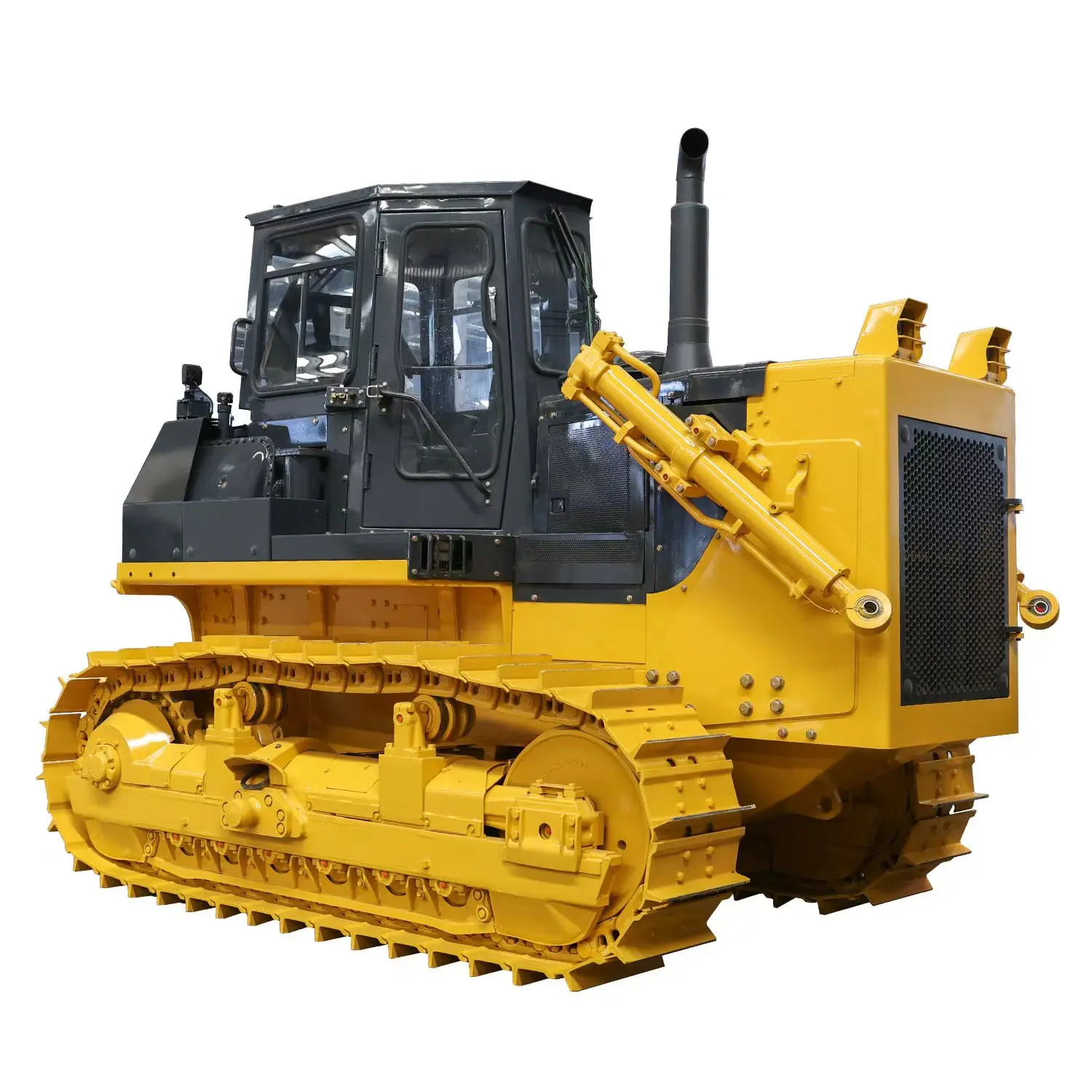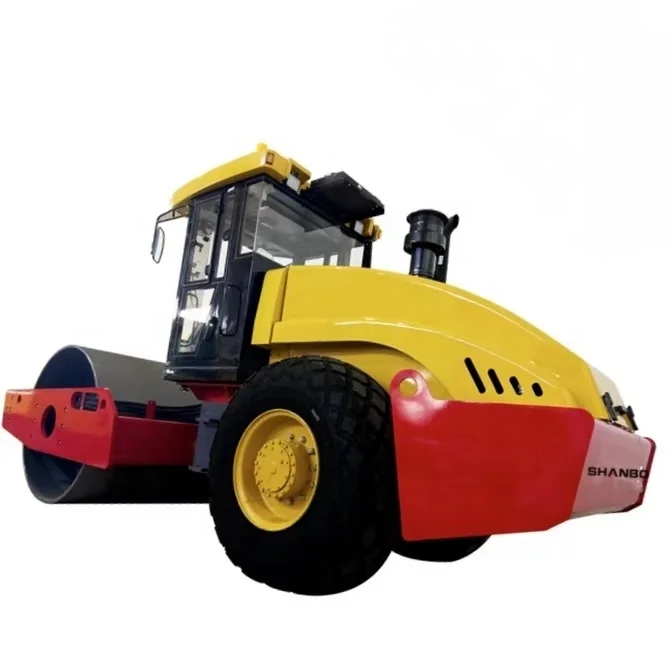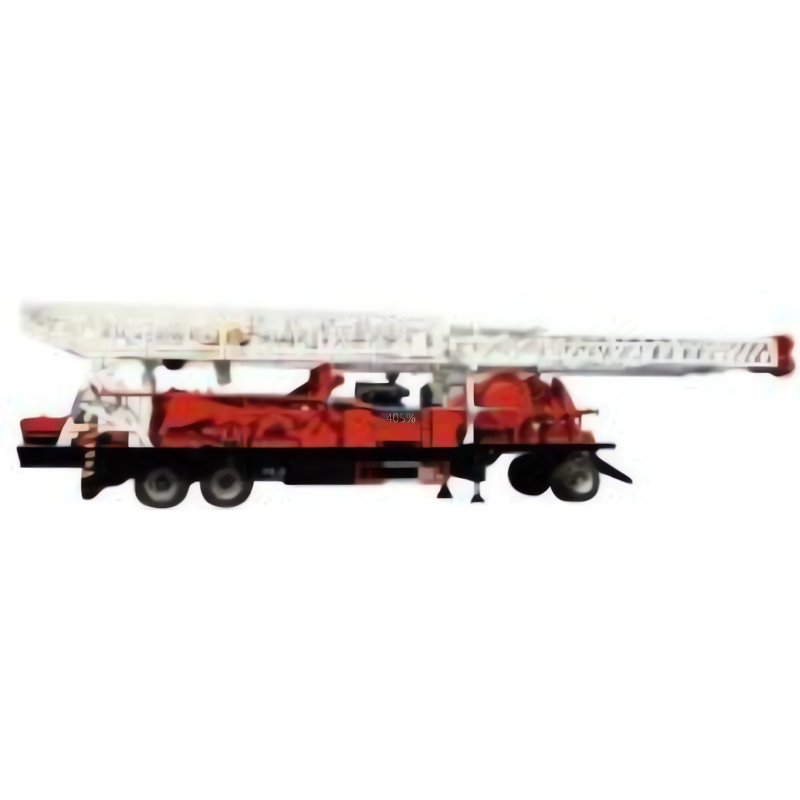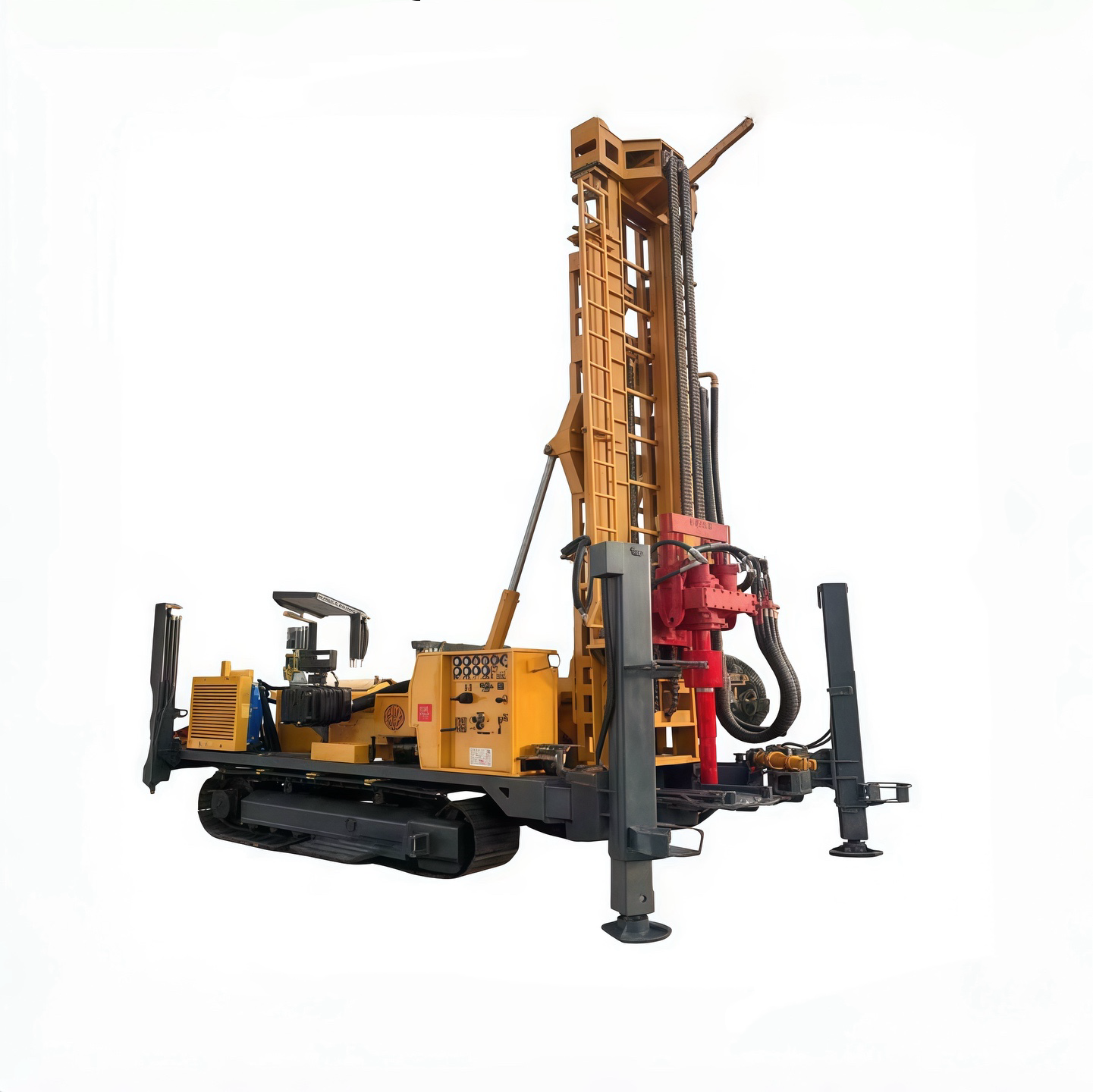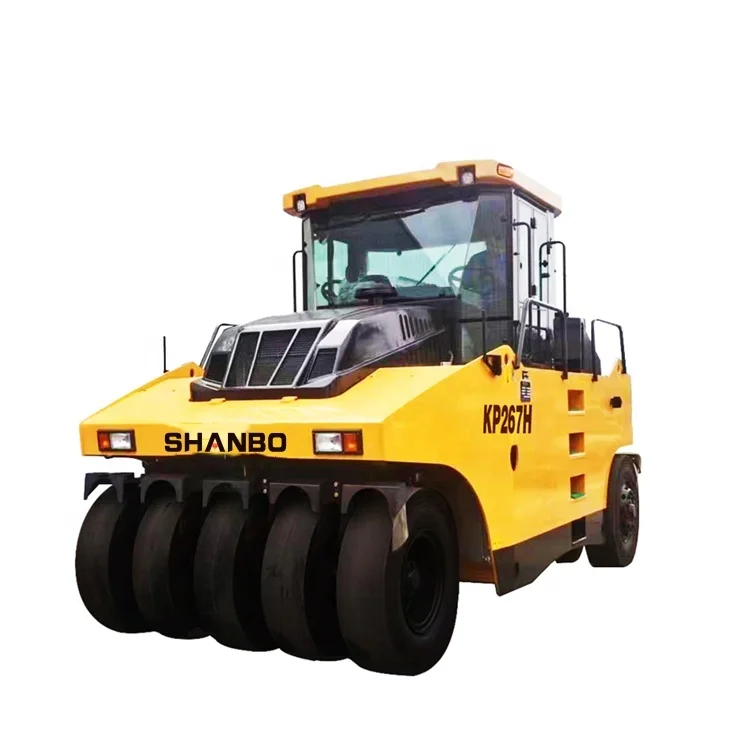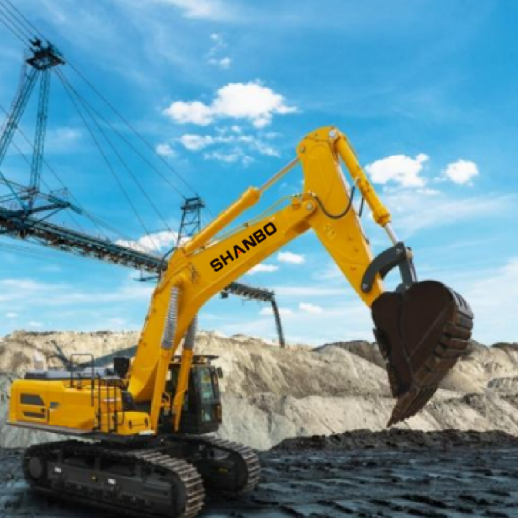Chinese Mini Excavator Buying Guide: What to Look For
Mini excavators are essential for construction, landscaping, and small-scale projects due to their compact size, versatility, and efficiency. As China has become a major manufacturing hub, its mini excavators have gained traction for their affordability and improved quality.
However, purchasing one requires careful consideration to ensure reliability and suitability. This guide highlights key factors to consider when buying a Chinese mini excavator, helping you make an informed decision.
Why Choose a Chinese Mini Excavator?
Chinese mini excavators offer several advantages that attract buyers globally:
- Cost Efficiency: These machines are often priced lower than Western alternatives, typically ranging from $4,000 to $20,000 depending on size and features, making them accessible for small businesses, contractors, and individuals.
- Wide Selection: Manufacturers provide diverse models, from 0.8-ton to 6-ton excavators, with customizable features for various applications.
- Improved Quality: Over the past decade, Chinese construction machinery manufacturers have enhanced technology and quality control, producing machines that compete with established brands in performance and reliability.
- Versatility: Equipped with attachments like buckets, augers, and hydraulic thumbs, these excavators suit tasks such as trenching, landscaping, and small-scale demolition.
Despite these benefits, buyers must address challenges like inconsistent quality, limited after-sales support, and import complexities. Below are the critical factors to consider.
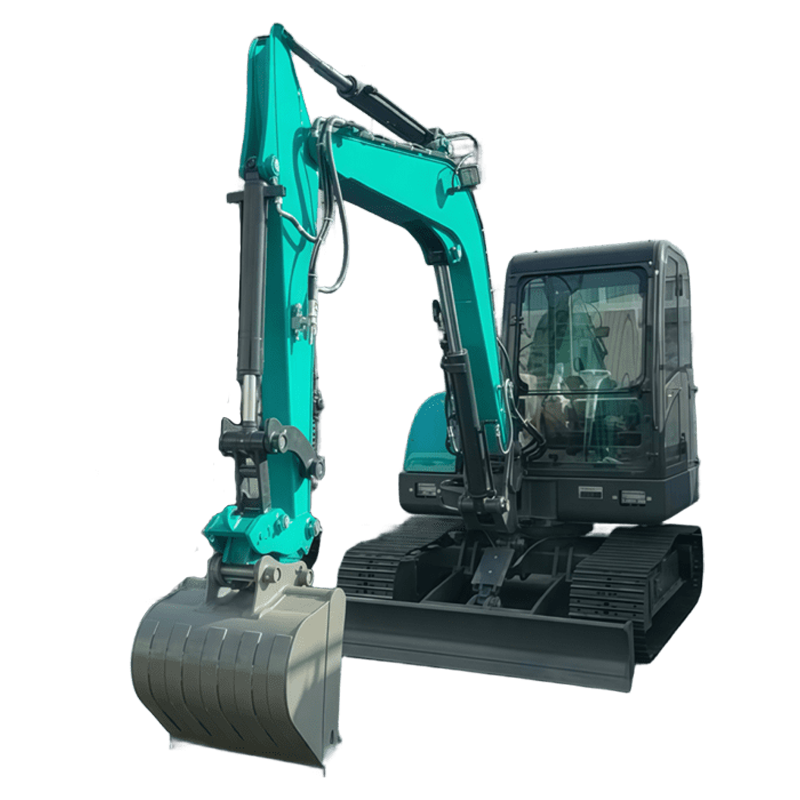
1. Define Your Project Requirements
Before exploring models, clearly outline your project needs. Mini excavators vary in size, power, and capabilities, so aligning your choice with your requirements is crucial.
- Size and Weight: Models range from 0.8 to 6 tons. Smaller ones (0.8–2 tons) are ideal for residential yards or tight spaces, while larger ones (3–6 tons) handle demanding tasks like construction or deep trenching. Consider the maximum digging depth (typically 5–15 feet) and reach needed.
- Terrain and Space Constraints: For confined spaces, choose zero-tail swing models, where the counterweight stays within the track width, reducing collision risks. Standard models with extended counterweights offer better stability in open areas.
- Attachments: Ensure the excavator supports attachments like hydraulic breakers, augers, or grapples for versatility. Check compatibility with your tasks.
For example, a 1-ton excavator might suit garden maintenance, while a 3.5-ton model is better for heavy-duty landscaping.
2. Evaluate Supplier Reliability
The machine’s quality depends heavily on the supplier. China’s market includes many manufacturers, but not all are trustworthy. To avoid scams or substandard products, take these steps:
- Verify Credentials: Request the supplier’s business license and certifications, such as ISO or CE, to confirm legitimacy and compliance with international standards.
- Check Reviews and References: Platforms like Alibaba show customer feedback, offering insights into product reliability and supplier service. Ask for references from past buyers to gauge their experiences.
- Factory Inspections: If feasible, visit the supplier’s factory to assess production processes and quality control. Alternatively, hire a sourcing agent for inspections.
- Export Experience: Choose suppliers with a history of exporting to your region, as they likely understand international standards and logistics.
Reputable suppliers such as Shanbo often provide warranties (typically 12–18 months) and detailed maintenance manuals, reducing repair risks.
3. Assess Machine Quality and Features
Quality varies among Chinese mini excavators. While some rival Western brands, others may have poor build quality. Focus on these aspects:
- Engine Quality: Look for excavators with reputable engines known for reliability and easier parts access. Check for EPA certification if importing to the U.S. to ensure environmental compliance.
- Hydraulic Systems: High-quality hydraulic systems ensure smooth operation and durability. Verify the presence of a throttle valve for efficient grease application and smoother movements.
- Build and Design: Inspect for robust frame structures, clean welds, and safety features like joystick safety plates. A well-designed machine minimizes maintenance and enhances operator safety.
- Operating Hours and Lifespan: These excavators typically last 1,500–12,000 hours with proper maintenance. Avoid overloading beyond capacity to extend lifespan.
Request detailed specifications, videos, or samples to evaluate build quality before purchasing.
4. Understand Pricing and Payment Terms
Pricing varies based on tonnage, configuration, and customization. A 1-ton model might cost $4,000–$10,000, while a 3.5-ton model ranges from $15,000–$20,000. To avoid hidden costs:
- Compare Quotations: Obtain quotes from multiple suppliers to understand market pricing. Be cautious of unusually low prices, which may indicate substandard materials or scams.
- Cost Breakdown: Request a detailed breakdown, including the machine, attachments, shipping, insurance, and customs duties.
- Payment Methods: Common options include Telegraphic Transfer (TT) with a 30% deposit and 70% before shipping, or Letter of Credit (LC) for larger orders. Use secure platforms like Alibaba’s Trade Assurance for protection.
For bulk purchases or dealerships, negotiate discounts or incentives, as many excavator suppliers offer preferential pricing for long-term partners.
5. Navigate Shipping and Import Logistics
Importing from China involves complex logistics, including shipping, customs clearance, and local delivery. Key considerations include:
- Shipping Options: Sea freight is cost-effective, taking 4–8 weeks, while air freight is faster but pricier. Land freight may suit neighboring countries.
- Documentation: Ensure you have a Bill of Lading, Commercial Invoice, and Packing List for smooth customs clearance. Verify EPA Form 3520-21 for U.S. imports.
- Freight Forwarder: Use a single freight forwarder experienced in both exporting from China and importing to your country to minimize miscommunication and fees.
- Port Costs: Be aware of destination port fees, as “free shipping” offers may exclude these costs.
Working with a U.S.-based dealer can simplify logistics by offering nationwide delivery and local support.
6. Prioritize After-Sales Support
Limited after-sales support in North America is a challenge with Chinese mini excavators. To mitigate this:
- Warranty: Choose suppliers offering at least a 12-month warranty, with some extending to 18 months.
- Parts Availability: Opt for models with widely recognized components to ensure easier access to spare parts.
- Maintenance Manuals: Request comprehensive manuals in clear English for routine maintenance and troubleshooting.
For DIY enthusiasts or small contractors, basic mechanical skills can help with minor repairs, but avoid machines if you lack maintenance expertise.
7. Consider Resale Value and Long-Term Costs
Chinese mini excavators typically retain 40–50% of their value after five years, compared to 55–65% for Japanese or American brands. To maximize value:
- Maintenance: Regular checks on fluid levels and undercarriage wear extend lifespan and preserve resale value.
- Usage: These excavators are best for light to moderate use (under 500 hours annually). Heavy-duty applications may lead to faster wear.
- Market Demand: Check auction sites to gauge demand for specific models, indicating their resale potential.
Conclusion
Buying a Chinese mini excavator can be a cost-effective choice for construction, landscaping, or personal projects, provided you approach the process strategically. By defining your project needs, vetting suppliers, assessing machine quality, understanding pricing and logistics, and prioritizing after-sales support, you can secure a reliable machine that balances cost and performance.
With thorough research and due diligence, your Chinese mini excavator can deliver years of efficient service, boosting productivity without breaking the bank.
Recommended Products
 Hot News
Hot News
-
“Water Savior” 200 m Reverse Circulation Water Well Drills Arrive in Uzbekistan
2025-03-28
-
What Is a Bulldozer? Everything You Need to Know
2025-02-18
-
Skid Steer vs Bulldozer: Cost, Efficiency, and Versatility Compared
2025-11-13
-
Inside the Bulldozer Factory: How Modern Dozers Are Built from the Ground Up
2025-11-12
-
How to Operate a Spider Excavator Safely and Efficiently
2025-11-11
-
What Is an Excavator? A Beginner’s Guide to This Essential Construction Machine
2025-11-10

